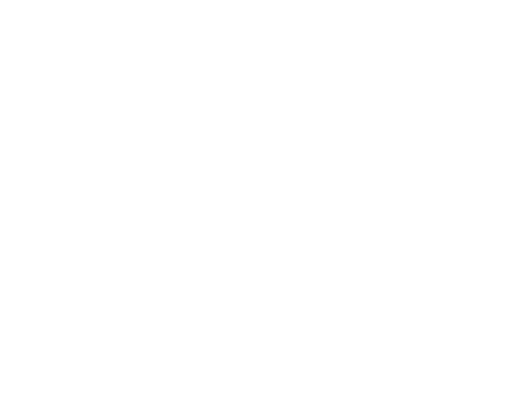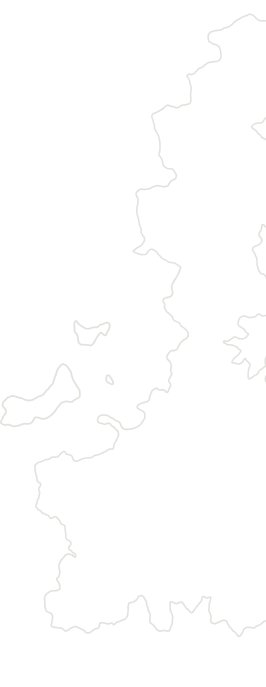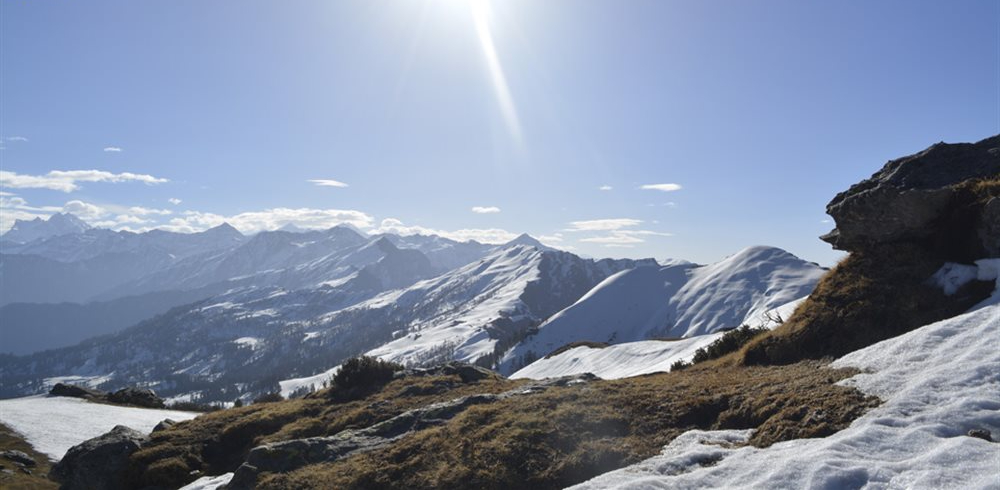

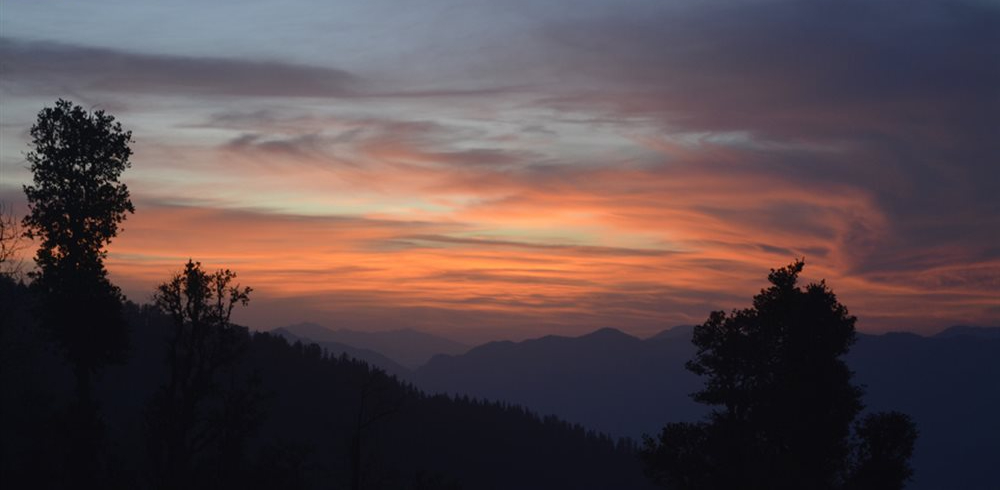
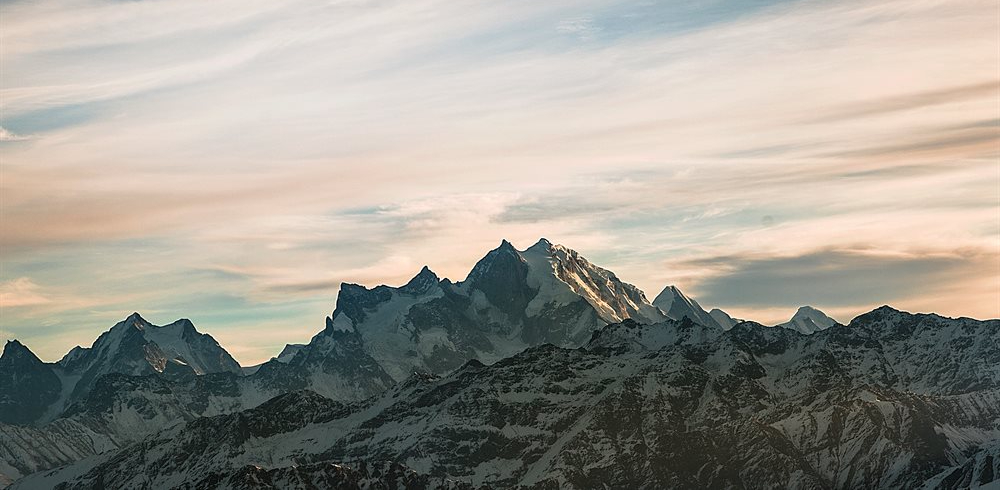
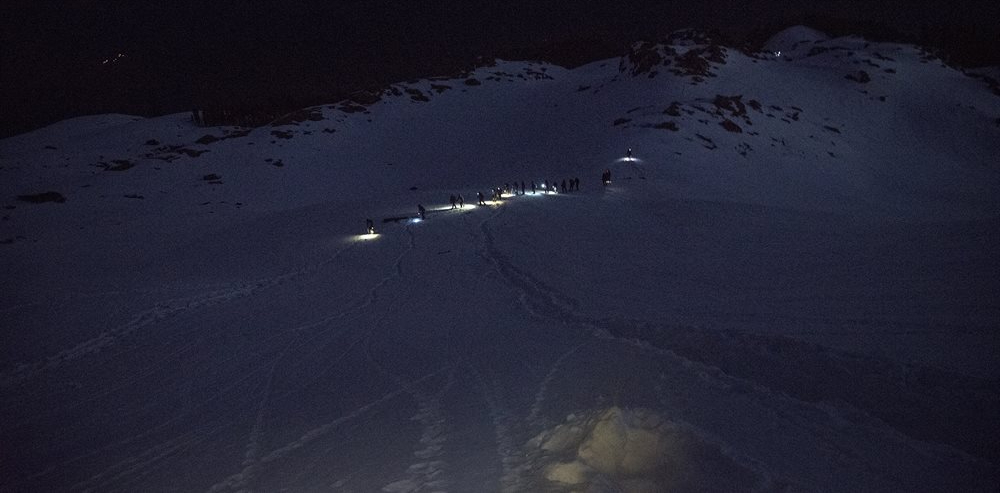
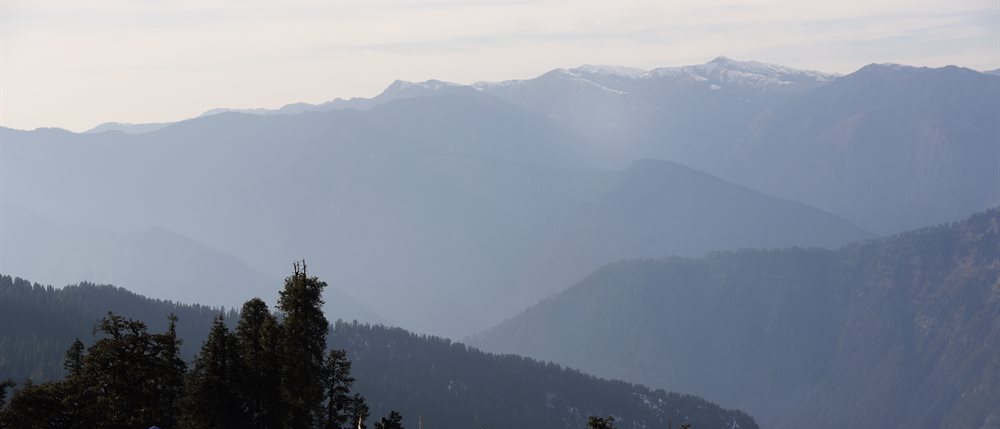
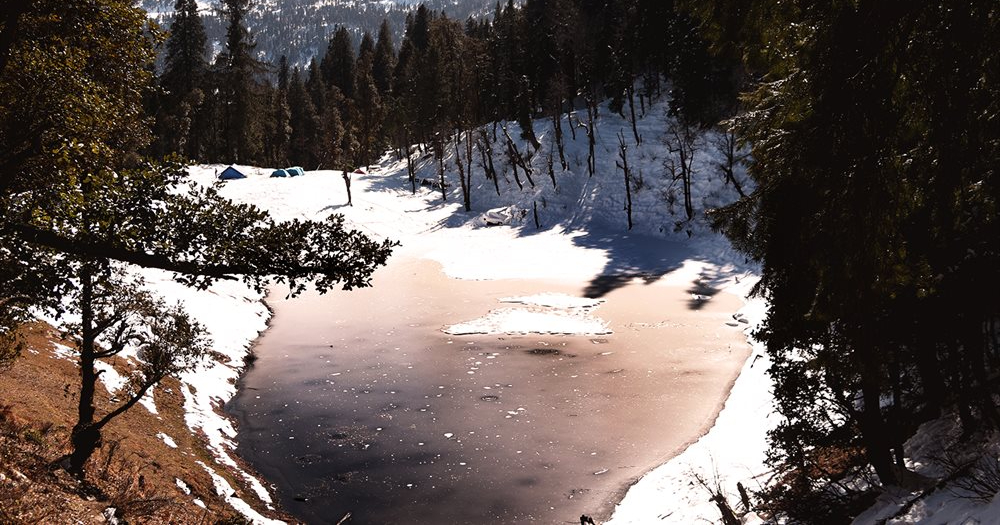

ABOUT
Located close to Govind Pashu Vihar National Park in Uttarakhand, Kedarkantha is a thrilling summit trek perfect for beginners. Resting at an altitude of 3810 M, the summit offers glorious 360 degree views of some well-known Himalayan peaks like the Swargarohini, Bandarpoonch, Black peak, Ranglana in the Yamunotri and Gangotri ranges.
The climb to the summit is one of the reasons behind the popularity of this trek. Starting in the wee hours of the morning in frigid temperatures, with headlamps lighting the way under a breaking dawn, the trails of Kedarkantha combine all the nuances and challenges of a summit experience, but on a much smaller scale.
Stretching over 20 km over a span of 5 days, this trek is suitable for first time trekkers because of the limited distances to be covered each day. The trek begins from Sankri village which is a common starting point for various treks in Uttarakhand. The trail from Sankri runs through dense Maple and Oak trees across several wooden bridges and streams before reaching the first campsite, Juda-ka-Taal.
Next day, the trek gradient is steeper as we head towards the Kedarkantha Base Camp, 4 km away. The trail runs through dense Oak forests thatopen up to several clearings on the way.
Keep an eye out for the rich flora and fauna including Rhododendron trees, Chir Pine, Black Eagle, Golden Eagle and many more. The Kedarkantha Base Camp offers some lovely 180 degree viewsof lofty snow-capped ranges like Bandarpoonch, Swargarohini and Kalanag. The snow-clad Kedarkantha Peak also appears closer from here, shining brighter than the moon on most nights.
The trek to the summit the following day is a riveting one. The steep ascent, gushing winds and freezing temperatures during the winters makes this the most challenging section of the Kedarkantha trek. To understand the nature of terrain, the skills and gear one would require to complete the Kedarkantha trek, click here.
What warrants this trek as an adventure haven is the wholesome experience it offers to the trekkers. Majestic snow covered landscapes, tall Oak & Pine trees, and camping beside a lovely high-altitude lake are only some of the attractions of this trek. Read more about the highlights of the Kedarkantha Trek here
Questions & Answers
My friend would like to visit but isn’t really interested to walk.
I don’t have much time; can’t we make it quicker?
What about altitude sickness?
What if I get sick or have an accident?
Who will be responsible for my safety?
What’s the food like?
Are the guided treks worth?
What Kind of people trek along?
What fitness level I need to be in?
What gear is provided?
INCLUSIONS
- Meals during the trek
- Dinner on arrival day in Sankri
- Forest Permits/Camping Charges (only if availing transportation through Bikat Adventures). Included only upto amount charged for Indian Nationals
- Tents, Sleeping bags, mats
- Safety Equipment includes static rescue rope, seat harness, carabiners, pulleys
- Trek guide, cook, helpers, porters & mules for carrying common luggage
- Services of a Certified Trek Leader
EXCLUSIONS
- Meals during road journeys
- Transportation from Dehradun to Sankri and back to Dehradun.
- Carriage of Personal Bags during the trek
- Any kind of Insurance
- Any expense of personal nature
- Any expense not specified in the inclusion list.


